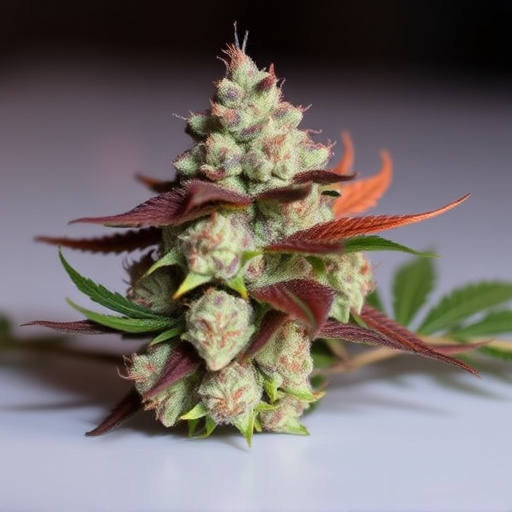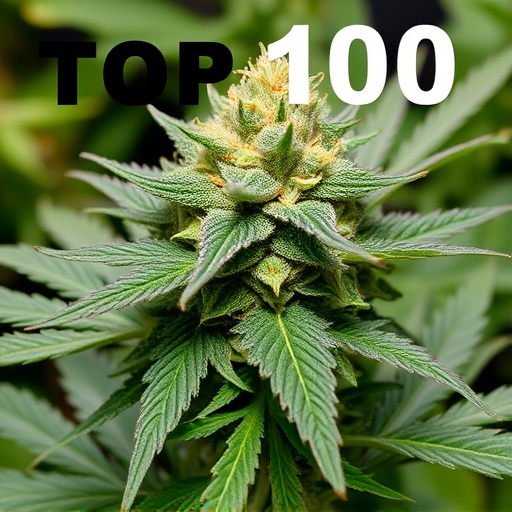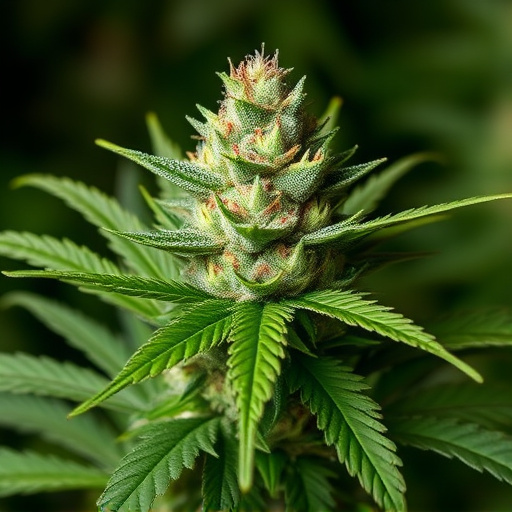The top 100 cannabis strains showcase a rich diversity of medical benefits driven by complex cannabinoid (like THC and CBD) and terpene profiles. These compounds interact with our body's endocannabinoid system, addressing conditions ranging from pain and nausea to epilepsy and anxiety. Cannabis' versatility makes it a valuable modern medicine tool, with Indica and Sativa strains offering unique therapeutic outcomes based on their chemical compositions. Understanding these interactions is crucial for patients selecting the right top 100 cannabis strains to achieve desired medicinal benefits.
“Unraveling the medicinal potential of cannabis flowers involves understanding their intricate chemical composition. This article delves into the world of cannabis compounds, exploring how terpenes and cannabinoids work in synergy to offer therapeutic effects. We present a comprehensive guide to the top 100 cannabis strains, each with unique medical applications, from managing anxiety to relieving pain. Additionally, we navigate safety concerns, emphasizing the importance of dosage, potential side effects, and seeking expert guidance for optimal and responsible cannabis use.”
- Understanding Cannabis Compounds and Their Effects
- – Chemical composition of cannabis flowers
- – Terpenes and cannabinoids: their roles in medical benefits
Understanding Cannabis Compounds and Their Effects
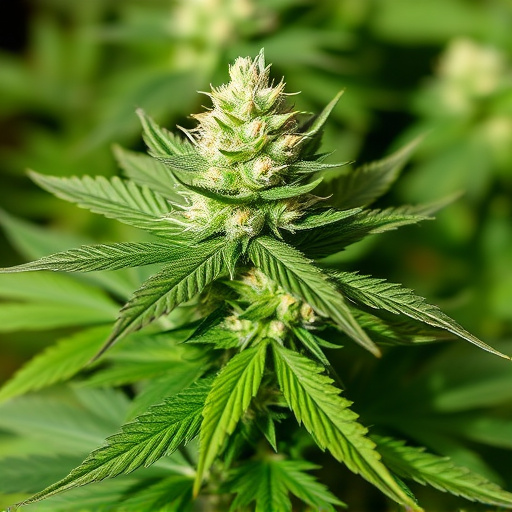
Cannabis flowers offer medical benefits due to their complex makeup of compounds, notably cannabinoids and terpenes. Cannabinoids like THC (tetrahydrocannabinol) and CBD (cannabidiol) interact with our bodies’ endocannabinoid system, influencing various physiological processes. THC is known for its psychoactive effects, inducing relaxation and pain relief, while CBD has gained popularity for its non-psychoactive properties, showcasing potential anti-inflammatory and anxiolytic benefits.
The top 100 cannabis strains vary widely in their cannabinoid profiles, catering to specific medical needs. Some strains are bred to enhance THC levels for severe pain or nausea management, while others focus on boosting CBD content for conditions like epilepsy or anxiety disorders. The unique combination of cannabinoids and terpenes in each strain contributes to its therapeutic effects, making cannabis a versatile tool in modern medicine.
– Chemical composition of cannabis flowers

Cannabis flowers are a treasure trove of chemical compounds that contribute to their medicinal properties. The primary active compounds in cannabis are cannabinoids, with tetrahydrocannabinol (THC) and cannabidiol (CBD) being the most well-known. THC is responsible for the plant’s intoxicating effects, while CBD offers therapeutic benefits without the psychoactive properties. Beyond cannabinoids, cannabis flowers also contain a diverse range of terpenes, which are aromatic compounds that give different strains their unique scents and flavors. These terpenes not only enhance the pleasant smell and taste of cannabis but also interact with cannabinoids, potentially amplifying or modifying their effects.
The chemical composition varies greatly among different strains, ranking among the top 100 cannabis strains in terms of popularity and medicinal potential. Each strain possesses a distinct combination of cannabinoids and terpenes, leading to varied therapeutic outcomes. For instance, Indica strains often have higher CBD content, making them popular for anxiety and sleep disorders, while Sativa strains tend to be richer in THC, offering more energizing effects and potential aid for depression and chronic pain. Understanding this chemical diversity is crucial for patients seeking specific medicinal benefits, enabling them to choose the right strain from the vast array available.
– Terpenes and cannabinoids: their roles in medical benefits
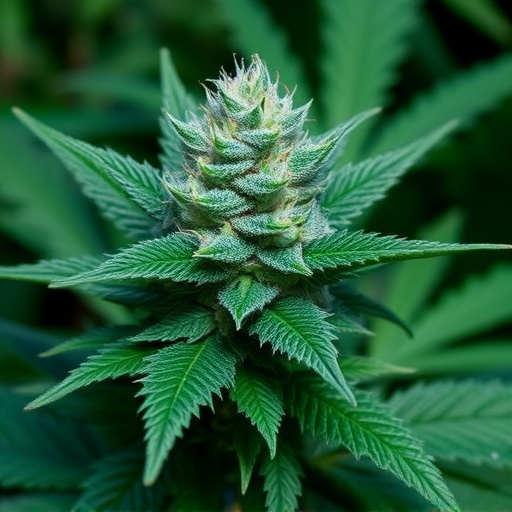
Cannabis flowers offer a wide range of medical benefits due in large part to the presence of terpenes and cannabinoids, chemical compounds that work synergistically to create what is known as the “entourage effect.” Terpenes, aromatic compounds responsible for cannabis’ distinct scents and flavors, also possess therapeutic properties. For instance, myrcene, one of the most common terpenes in cannabis, has been linked to pain relief, sleep enhancement, and anti-inflammatory effects. Limonene, another prominent terpene, is known for its mood-lifting properties and ability to stimulate immune function.
Cannabinoids, such as THC (tetrahydrocannabinol) and CBD (cannabidiol), are equally crucial in providing medical benefits. THC interacts with the body’s endocannabinoid system, playing a significant role in managing pain, regulating appetite, and reducing anxiety. On the other hand, CBD does not produce the psychoactive effects of THC but offers anti-inflammatory, antioxidant, and neuroprotective properties. Understanding the interplay between these compounds, as seen in the top 100 cannabis strains, is key to unlocking their full potential for medicinal use.
Cannabis flower’s medical potential lies in its diverse chemical composition, particularly terpenes and cannabinoids. These compounds interact with our bodies’ endocannabinoid system, offering a wide range of therapeutic effects. Understanding the unique profiles of various cannabis strains, as evidenced by the top 100 cannabis strains, can help patients navigate treatments for specific conditions. Further research into these compounds is essential to unlock the full medical benefits and ensure safe and effective use.


